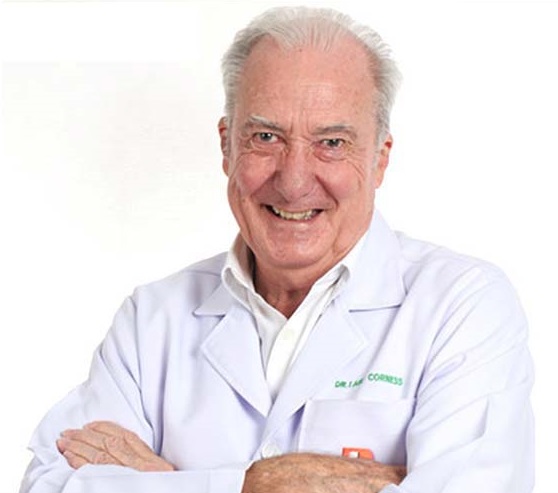

Chang and Eng were the original “Siamese Twins”. Joined at the sternum (front of the chest cage) in 1811, they had been round the world during their lives, members of the popular ‘freak shows’.
However, the Siamese Twins (Conjoined twins) Chang and Eng were not the first to be born with this unfortunate condition. The incidence is about 1 in 10.25 per million births. The major deciding factor in their prognosis is where the joining is, and how many common organs are shared. The most common varieties encountered are joined at chest and abdomen (28 percent), joined at chest (18.5 percent), joined at abdomen (10 percent), parasitic twins (10 percent) and joined at the head (6 percent). Of these, about 40 percent were stillborn, and 60 percent live born, although only about 25 percent of those that survived to birth lived long enough to be candidates for surgery.
This is not a new condition. Elisa and Mary Chulkhurst were one of the first documented cases of conjoined twins when they were born in England in 1100. Most illustrations depict the two joined at the hip, though some picture the two joined at the shoulder as well. Eliza and Mary lived until 1136. There is also the situation that children born with two heads for example, were considered ‘monsters’ and would have been drowned at birth, thereby skewing the statistics.
Conjoined Twins are genetically identical, developing from the same egg, and often share vital organs and limbs.
Current conjoined twins include Abby and Brittany Hensel about whom TV specials have been aired. They share one body and have two heads.
Siamese twins are always newsworthy, and with the advances in surgical techniques, the conjoined twins have a greater chance of independent survival.
Despite the name, Siamese twins can occur in any country, but the most publicized conjoined twins did come from Siam. They were called Chang and Eng Bunker, born in the Mekong Valley of a Chinese father and a Thai-Chinese mother in 1811. The surname came later after they had lived in America for some time, as in 1811 Siamese people did not use any family name.
In 1829, they were discovered in old Siam by British merchant Robert Hunter and exhibited as a curiosity during a world tour. Such was the fate of anyone who had some deformity in those days, and live adult Siamese twins would have been very rare, with most having died at birth or in infancy.
Chang and Eng were joined at the sternum by a small piece of cartilage. Their livers were fused but independently complete. Although 19th century medicine did not have the surgical know-how, modern advances in surgical technology would have easily allowed them to be separated today.
Upon termination of their contract with their discoverer, they successfully went into business for themselves, which is really quite amazing, considering their origin in rural Siam.
In 1839, while visiting Wilkesboro, North Carolina with P.T. Barnum, the twins were attracted to the town and settled there, becoming naturalized United States citizens.
The brothers settled on a plantation, bought slaves, and adopted the name “Bunker.” They were accepted as respected members of the community. On April 13, 1843, they married two sisters: Chang to Adelaide Yates and Eng to Sarah Anne Yates. Chang and his wife had ten children; Eng and his wife had twelve. In time, the wives squabbled and eventually two separate households were set up just west of Mount Airy, North Carolina – the twins would alternate spending three days at each home. During the American Civil War Chang’s son Christopher and Eng’s son Stephen both fought for the Confederacy. Many of their descendants still live in the Mount Airy area (which is also the hometown of Andy Griffith). The twins died on the same day in 1874, as the blood supply to their livers were dependent upon each other, and Eng would have followed Chang, his twin, into death.






